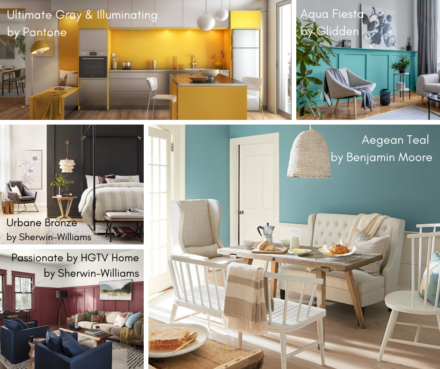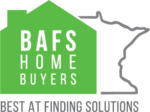
We are capping off our DIY Month with the simplest way to update a room: paint. A new color can transform a room from drab and dreary to airy and soothing. But painting entails a lot more than whipping out a paint brush and then painting the walls (SIDE NOTE: We *wish* it was like that.) There are things to consider, such as: How much traffic does the room get? Do I need to use primer? What kind of sheen should I use? Today, we are going to address all of those questions in order to help you prepare for your next painting project.
To tackle what type of paint to use and where, here is a helpful table to guide you through the process.
Paint Types/Sheen 101
| SHEEN & WHAT IT IS | WHERE TO USE IT | WHERE TO AVOID USE | NOTES/TIPS |
| Matte/Flat: Paint without any kind of shine or gloss. | Ceilings and low-traffic areas (e.g. formal dining area) | It is not recommended to use this type of paint in rooms where the walls will easily dirty, such as kitchens, toy rooms, and family rooms. | Due to the lack of “shine”, the paint is less durable and may need regular touch ups as a result. To its benefit, this type of paint provides a lot of coverage and hides imperfections. |
| Eggshell: Paint with a low, subtle sheen. | Low-medium traffic areas: living room, hallways, and the entryway. | Much like Matte/Flat paint, avoid using this type in high-traffic areas like the kitchen or in high moisture rooms like the bathroom. | Eggshell paint is more durable than Matte/Flat paint, but it is not as durable as Satin/Gloss finishes. It is also good at covering imperfections. |
| Satin: Paint with a soft sheen somewhere between a matte and a gloss finish. | High-traffic areas, such as kitchens, family room, playroom, bathrooms, and the laundry room. | While this is one of the most popular types of interior paint, avoid using on areas such as trim, doors, and cabinets as the additional shine in semi- or high-gloss paints will provide more protection. | The sheen may be prone to showing brush/roller marks, which may make future touch-ups more difficult. |
| Semi-Gloss: A somewhat shiny, reflective paint known for its durability and being mildew resistant. | High-traffic areas, rooms with lots of moisture, or spots that require extra cleaning. Examples include: kids’ rooms, kitchens, bathrooms, and trim. | In any room where you want to avoid the “shine”. With the added durability, there is also an added cost to using this type of paint. | Proper prep work is necessary to hide imperfections as the “shine” may highlight them. |
| High-Gloss: The shiniest of all paints, high-gloss paint is the most durable and the most washable. | High-gloss paint is recommended for doors, trim, cabinets, and for outdoors, shutters. | Like with semi-gloss, avoid in any room that you do not want an added shine. This type of paint is also more expensive because of the added “gloss”. | Proper prep work is crucial for a successful finish as high-gloss paint will show all imperfections. |
With our handy table above, we took care of two of our three questions. All we have left is to address is whether or not you need to use a primer. In the case where you are covering a neutral color, it may not be necessary to use a primer. However, if you are covering a bold color (e.g. dark blue, red, yellow, etc.), you will probably need to use a primer. Doing so will save you time (i.e. think less coats) and money (i.e. more coats equals more paint (and paint is more expensive than primer.)) Also, if you are using semi or high-gloss paint, a primer is a necessary step to prevent all of the imperfections in the surface from showing.
There you have it. For more questions about paint types or what kind of paint you should use, be sure to consult your local hardware store. They can steer you in the right direction towards what type of paint and what color would be the best for your project. Happy painting!
